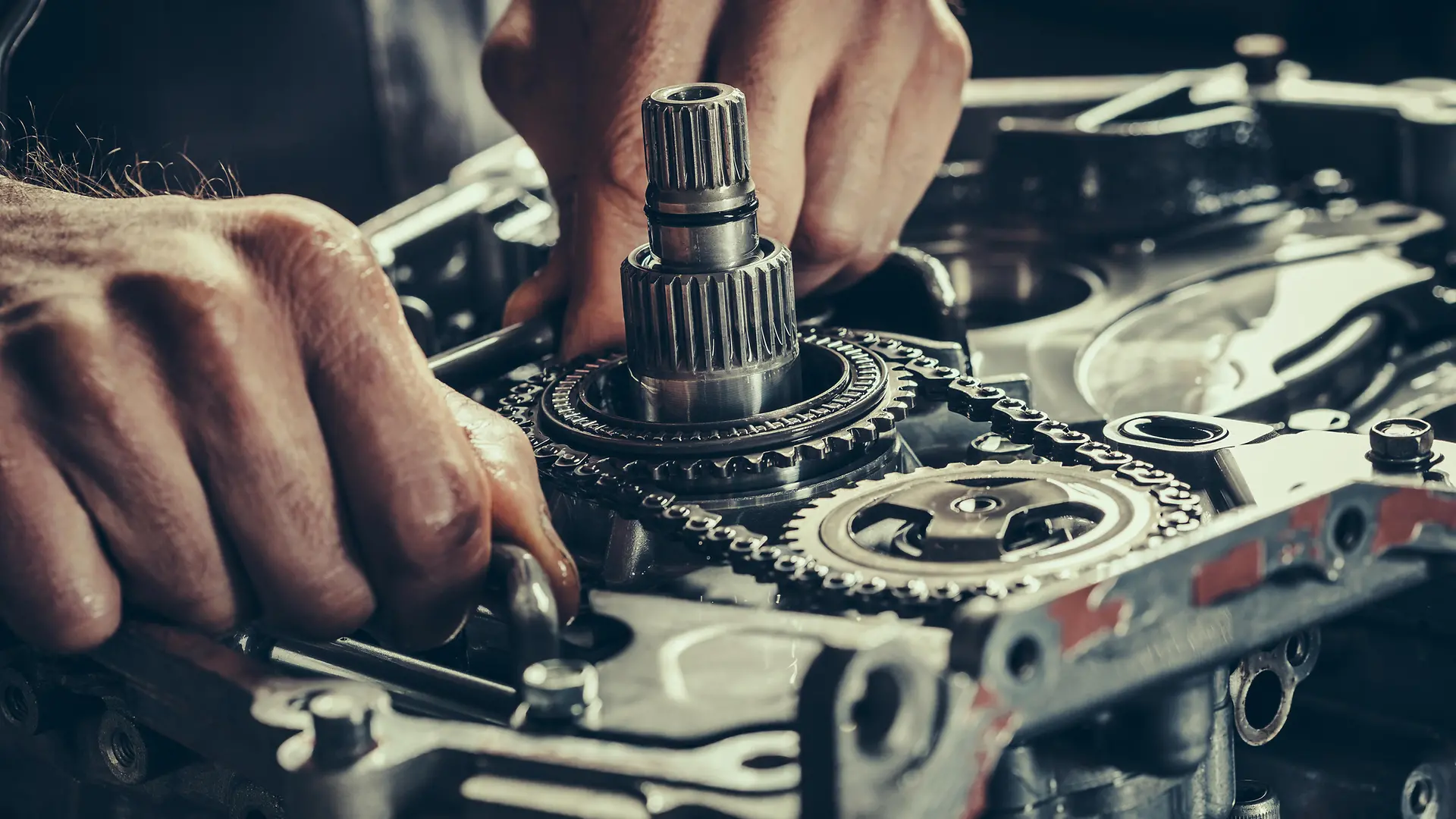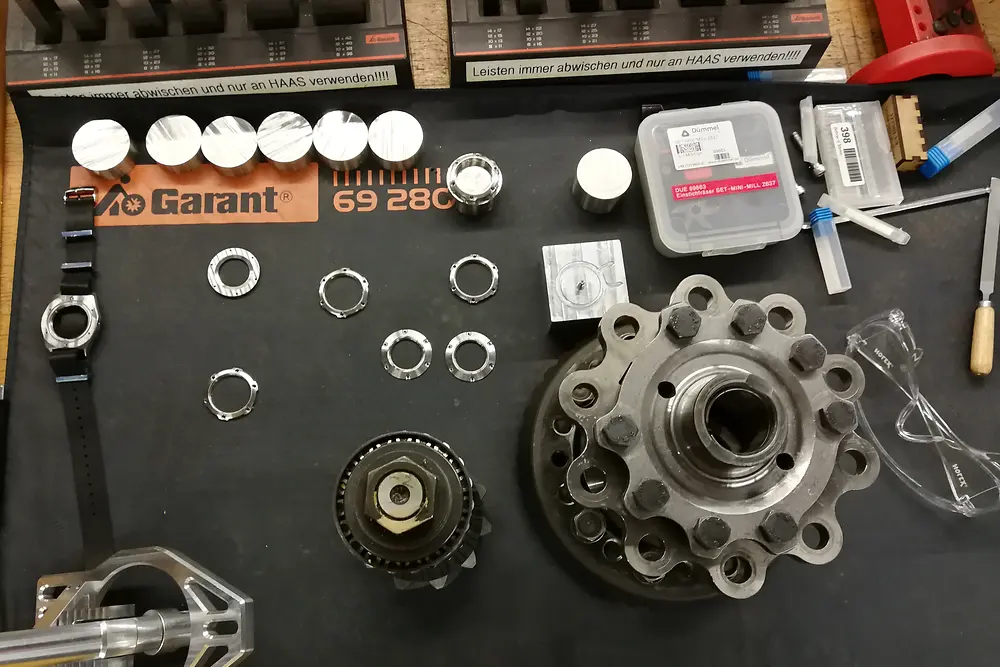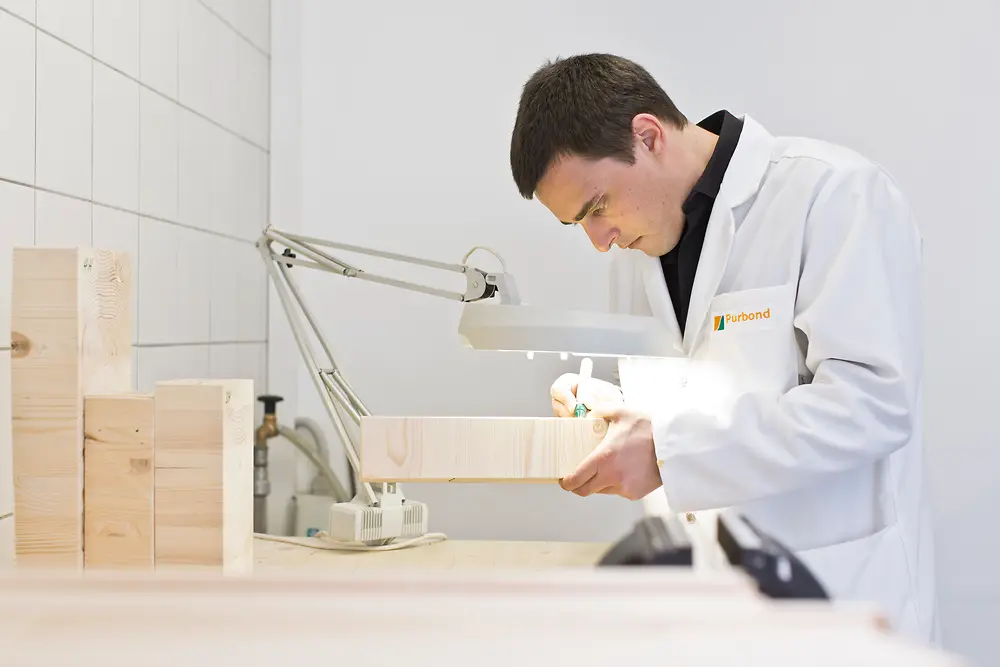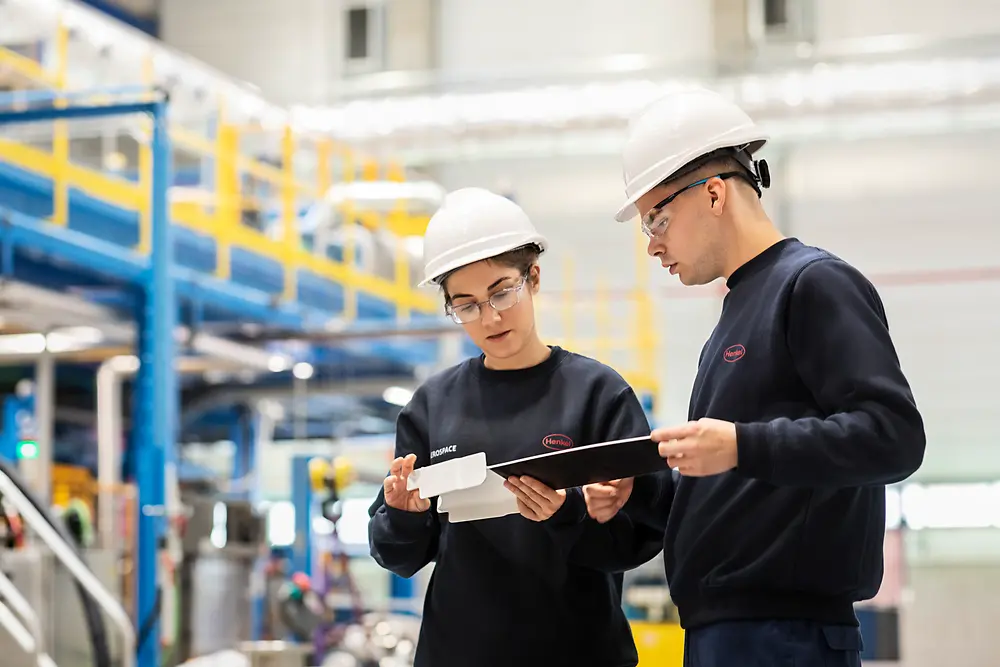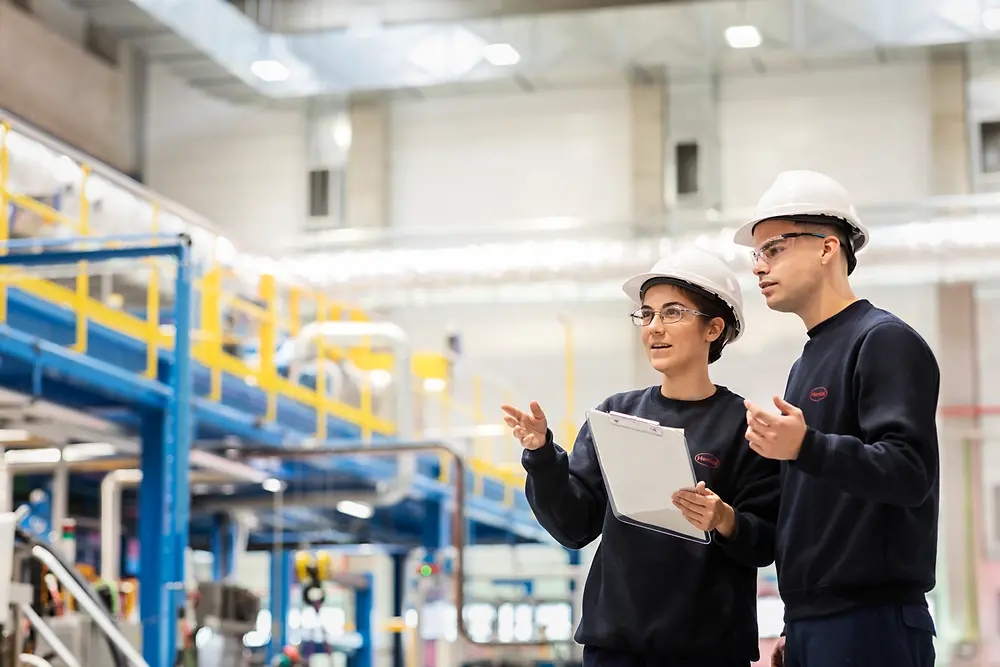Jonas Lang: Safety is the most important challenge in connection with the gearbox: the screws must never come loose. That’s why I use high-strength threadlockers. The ball bearings in the gearbox have to be secured in a very tight space. We also have to join different materials in the gearbox – aluminum on the outside, steel on the inside. The joint needs to be reliable, but it’s not possible to press-fit the ball bearing, as it’s an angular ball bearing. As the space available is limited, it was not possible to use other joining techniques. The only useful solution for securing the components to one another was the use of adhesives.
Jonas Lang: Well, I have many plans. Recently, I have been developing watches together with a former colleague. That is something I would like to expand on. And of course, expanding my product portfolio in the racing field. I also plan to further develop my online shop for motorsports parts and improve my online presence. Another top priority on my to-do list is, of course, completing my studies. Otherwise, I just want to continue doing what I’m already doing: trying new things, failing, learning from it, and getting better.





